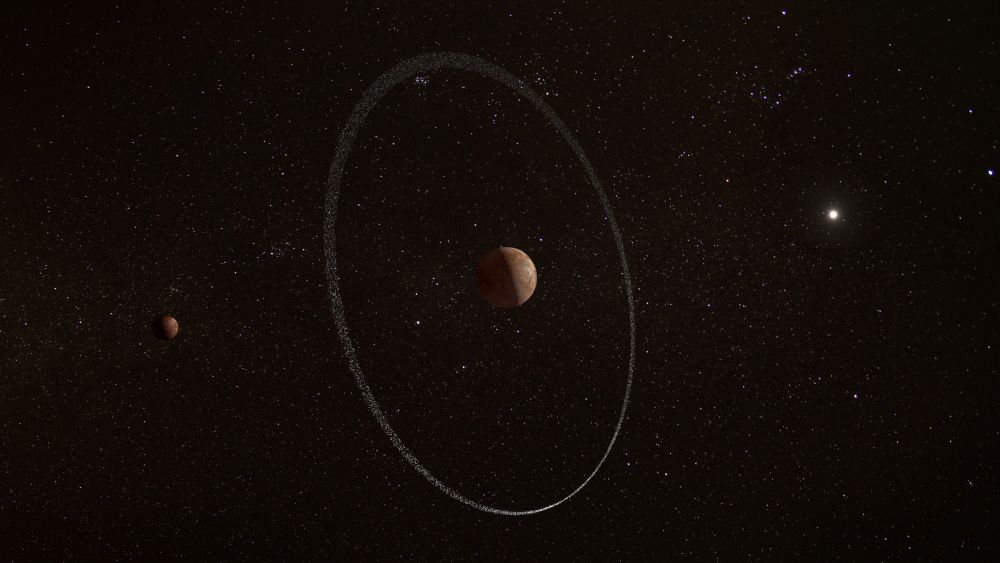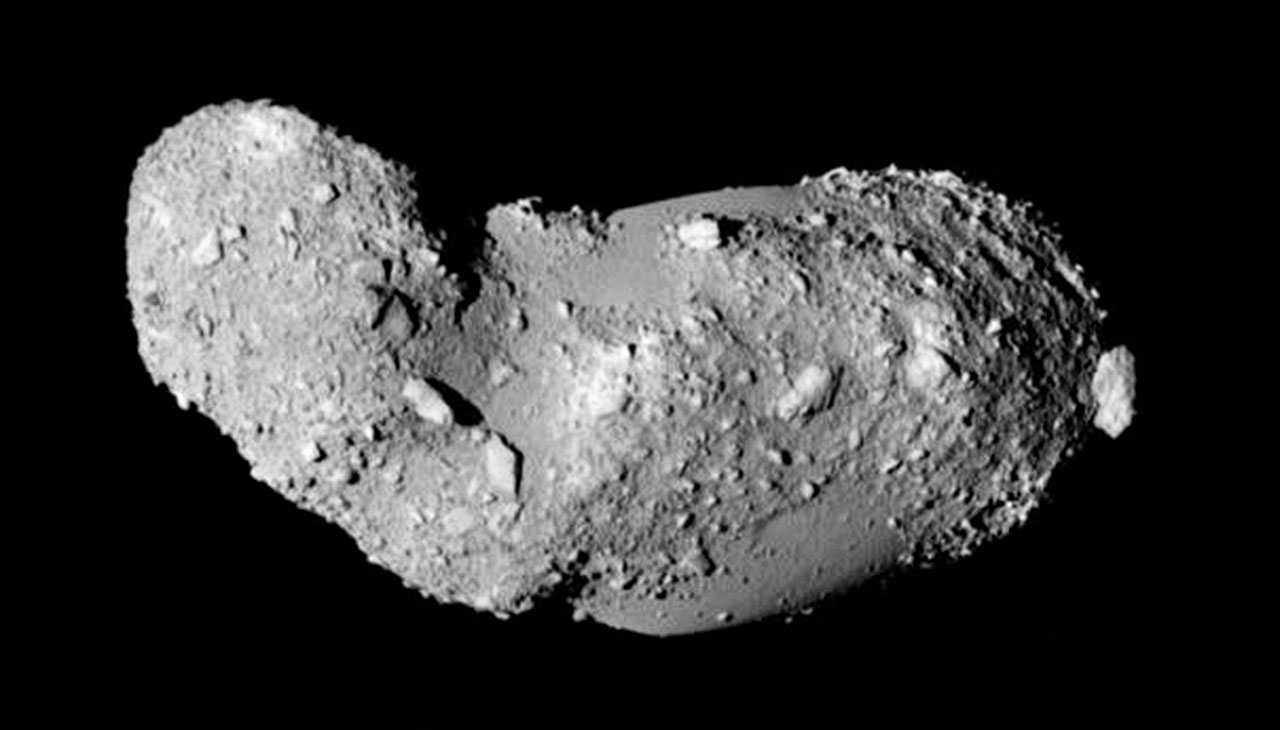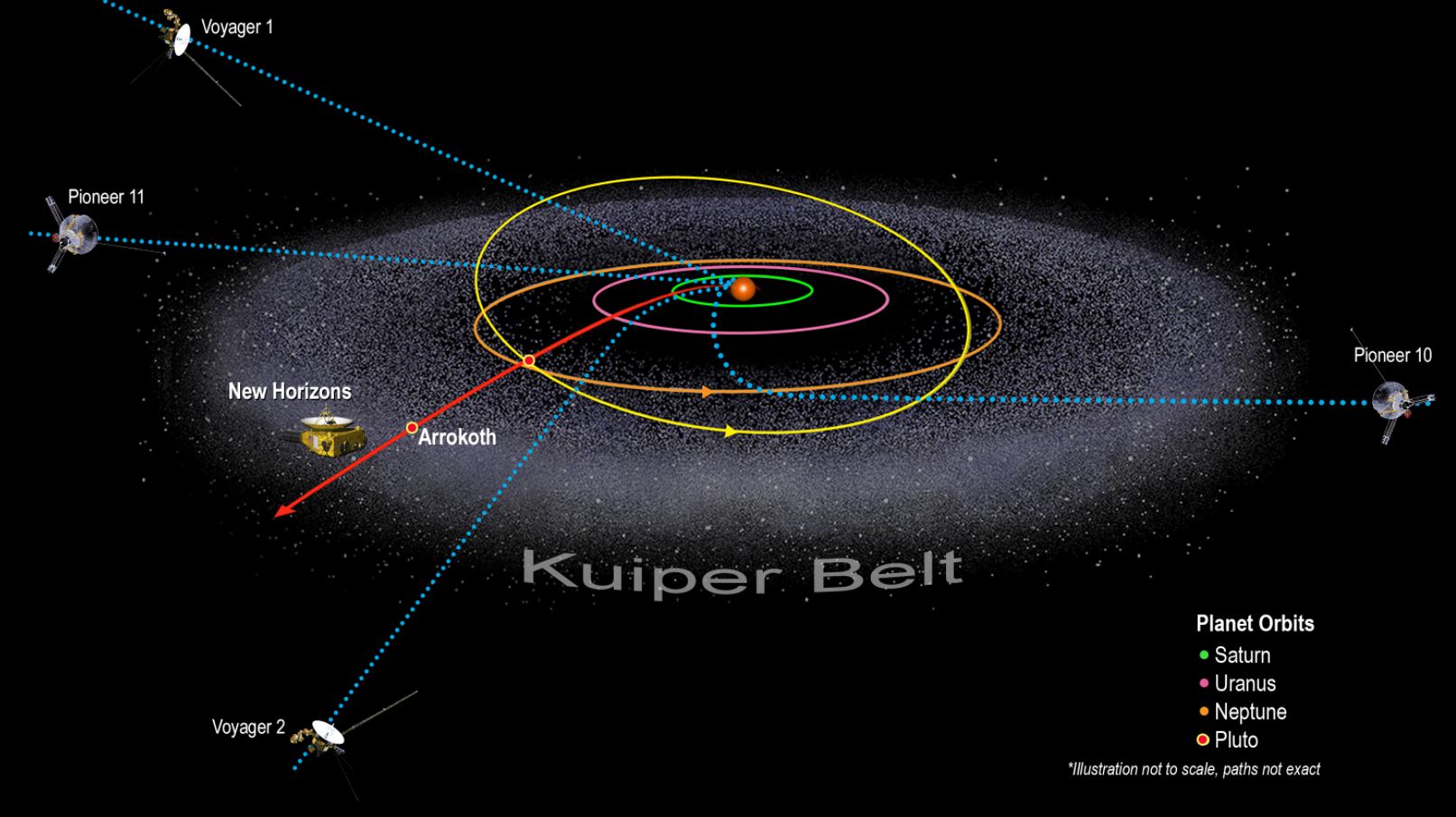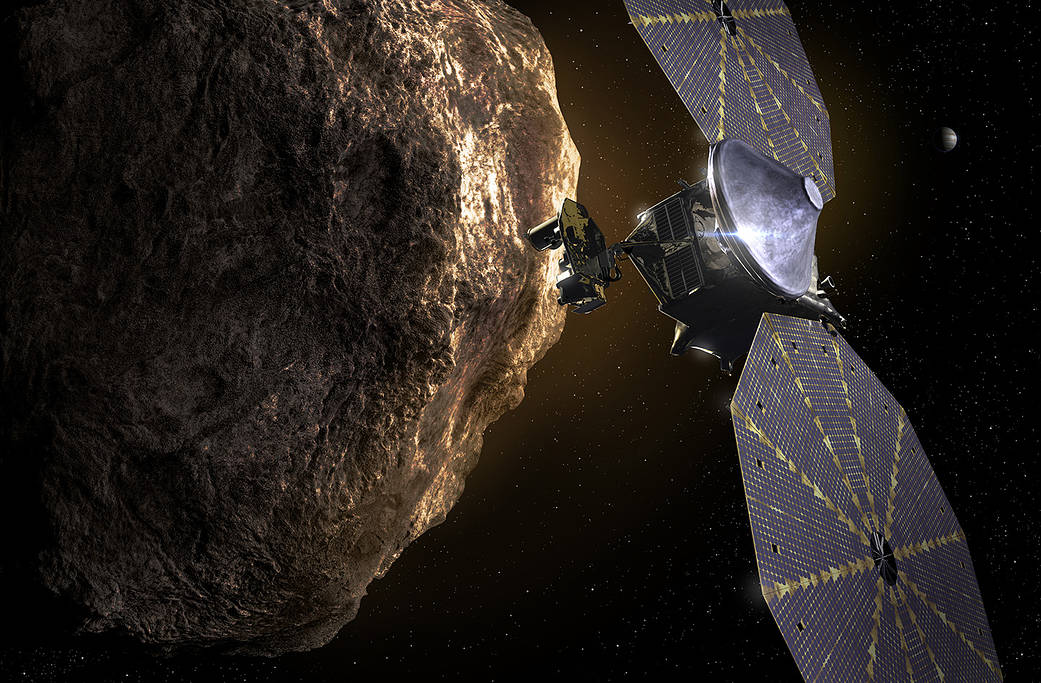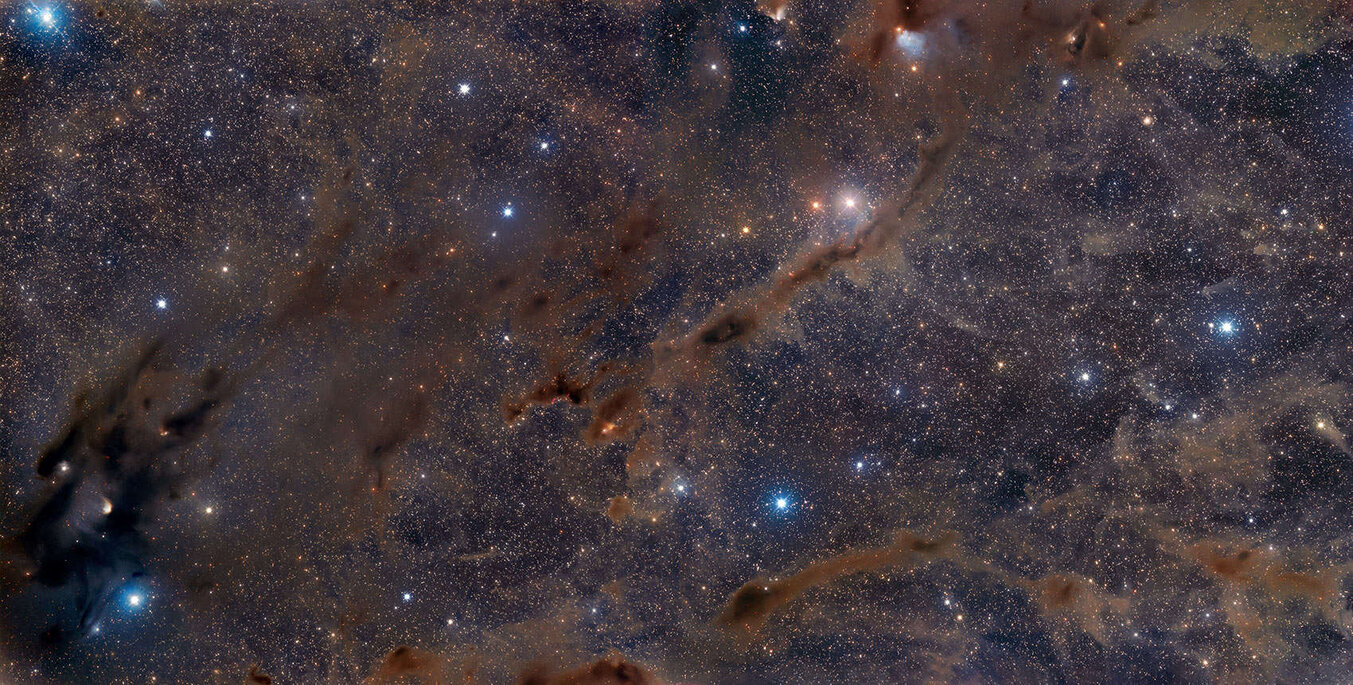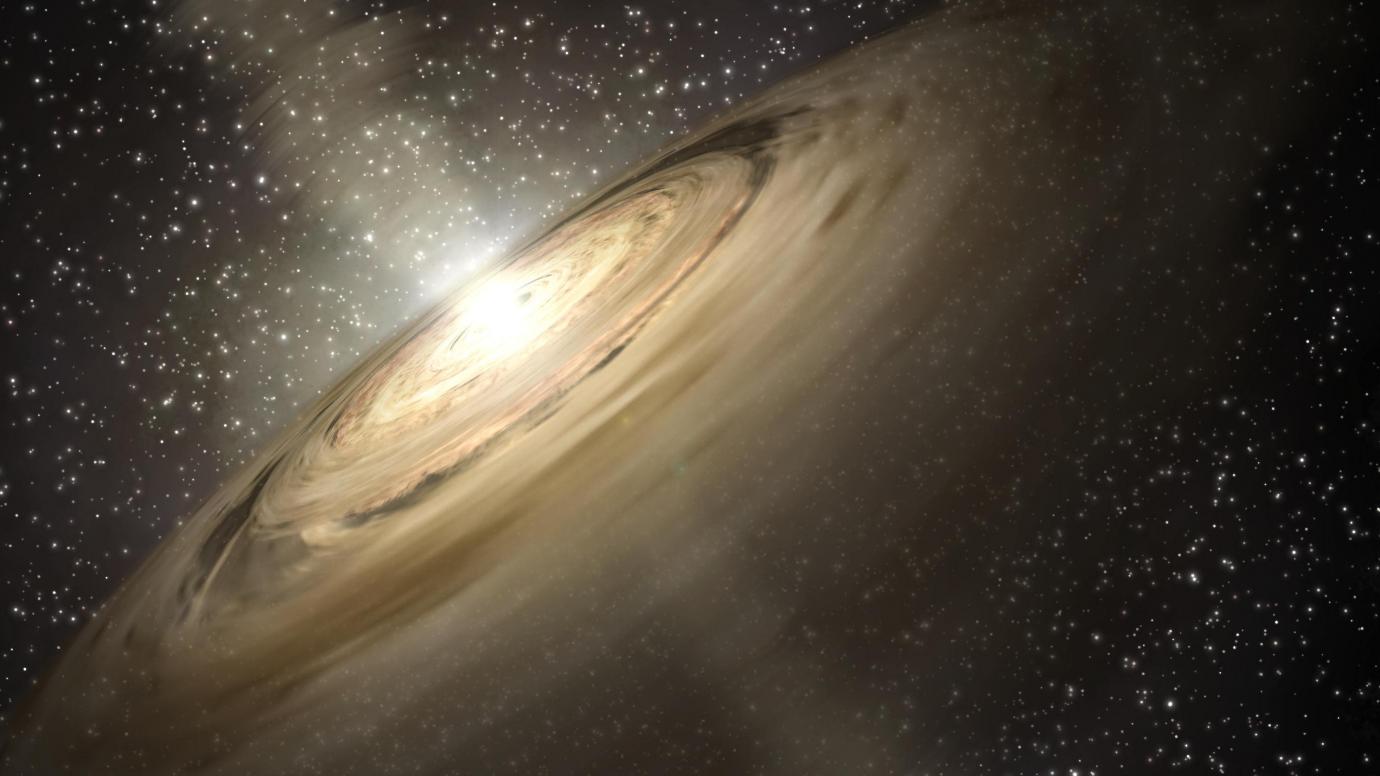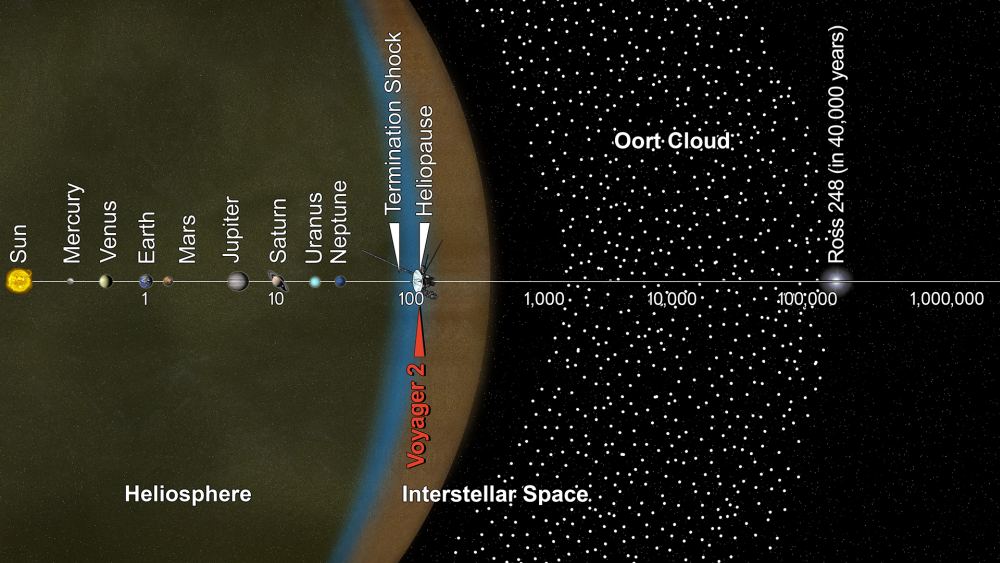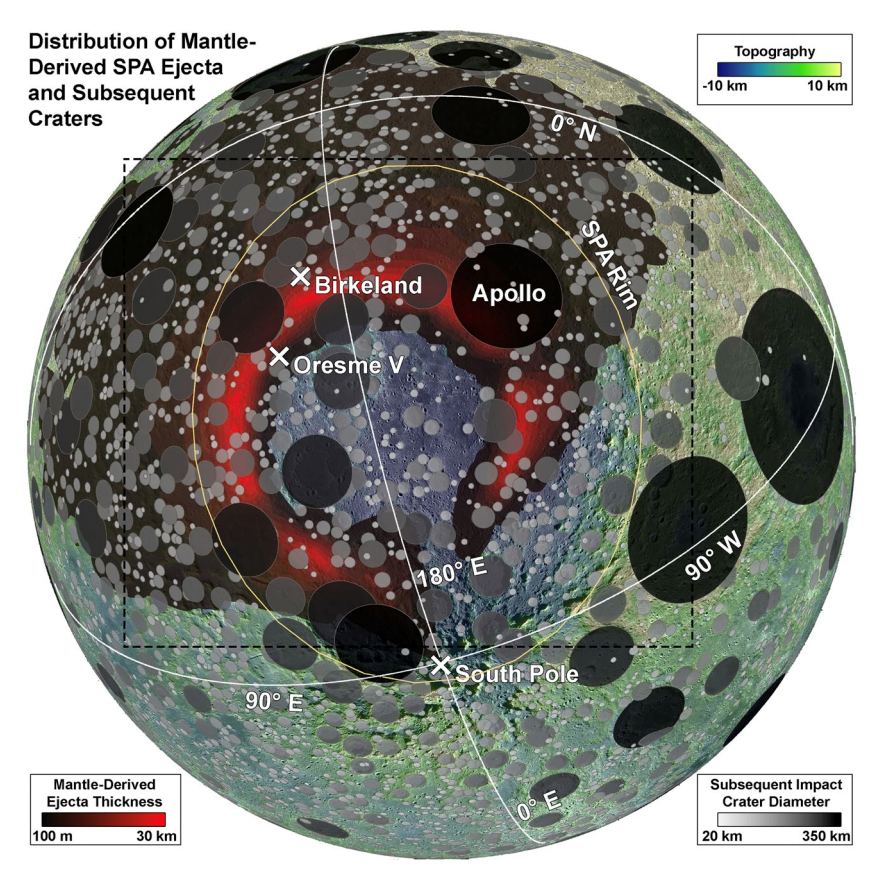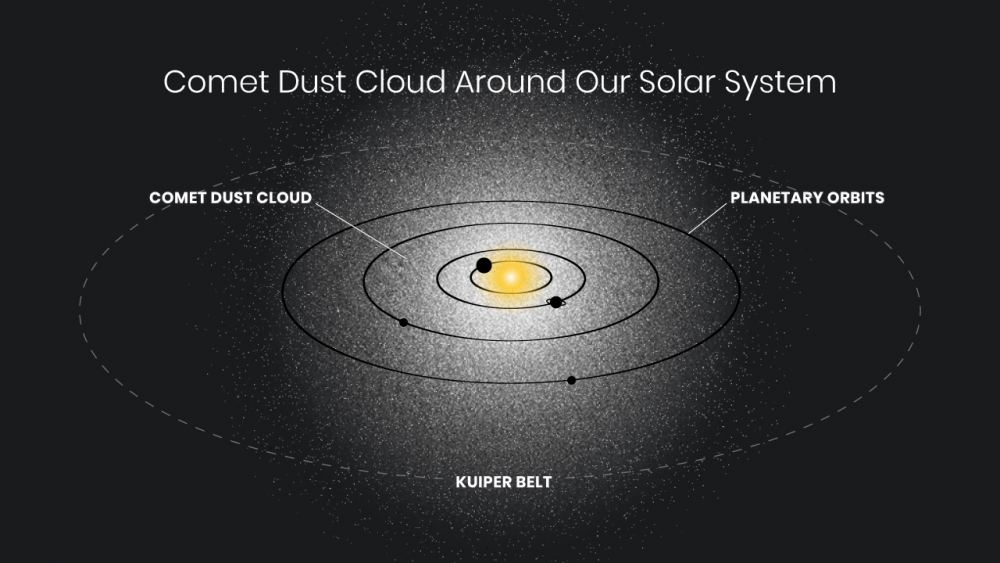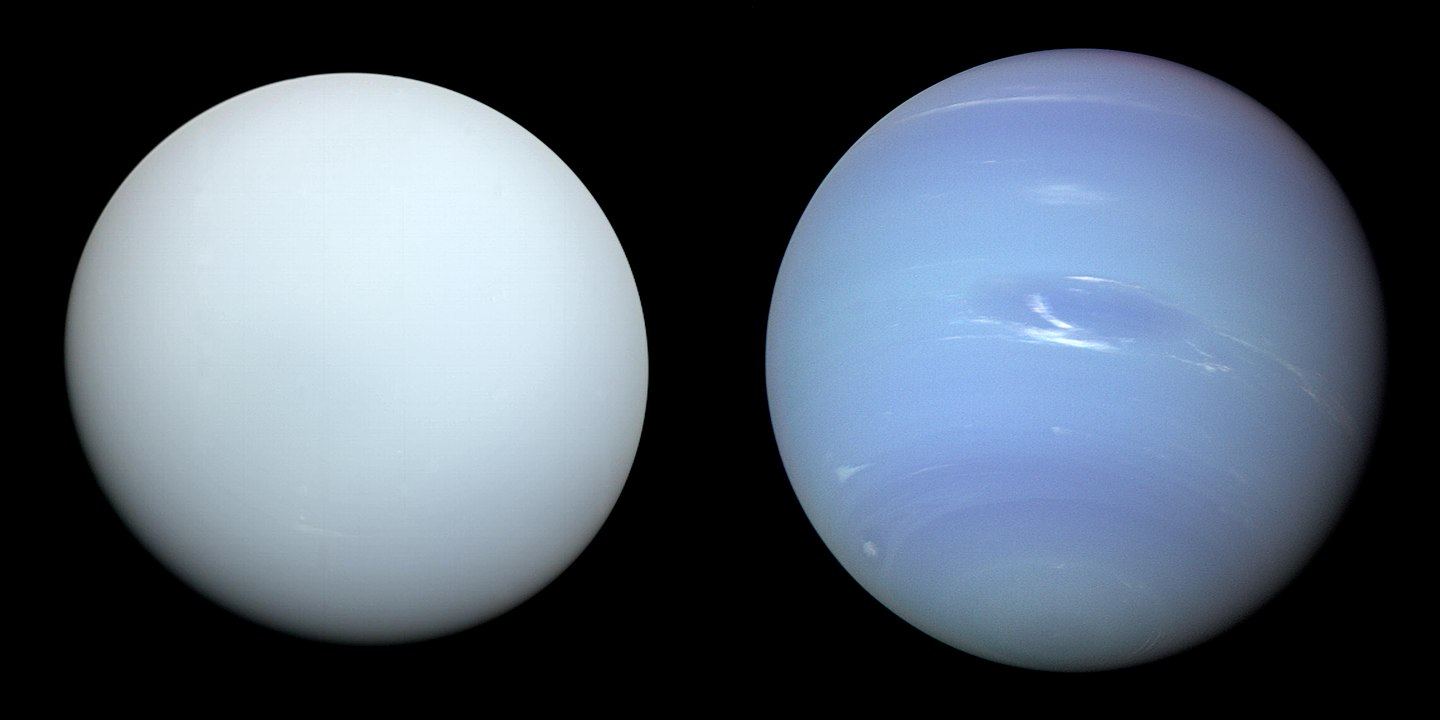Quaoar is one of about 3,000 dwarf planets in our Solar System’s Kuiper Belt. Astronomers discovered it in 2002. It’s only half as large as Pluto, about 1,121 km (697 mi) in diameter. Quaoar has a tiny moon named Weywot, and the planet and its moon are very difficult to observe in detail.
Astronomers took advantage of an occultation to study the dwarf planet Quaoar and found that it has something unexpected: a ring where a moon should be.
Continue reading “Dwarf Planet Quaoar has a Ring”
